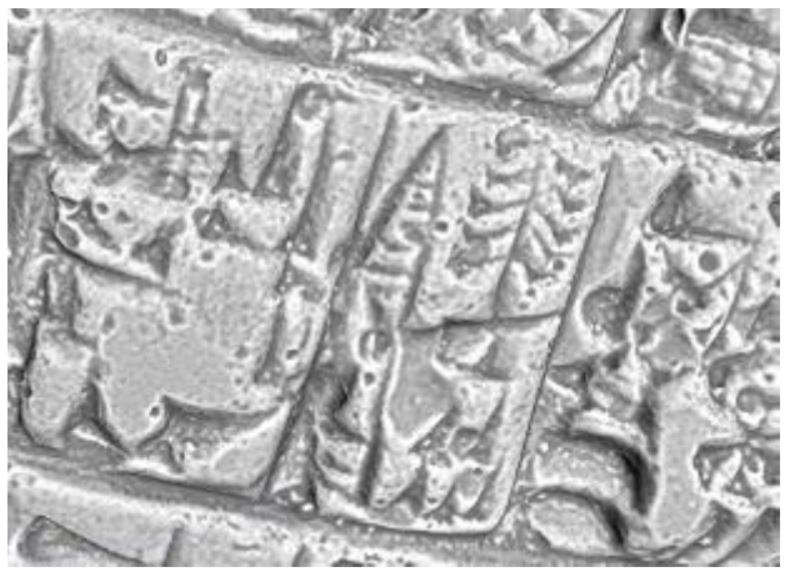3D high-quality modeling of small and complex archaeological inscribed objects: relevant issues and proposed methodology
Keywords:
3D Modeling, Close-range Photogrammetry, Laser Scanner, Focus Stacking, Small Inscribed ObjectsAbstract
3D modelling of inscribed archaeological finds has to consider issues related to the correct acquisition and reading of ancient
inscriptions, in order to guarantee the needed requirements for visual inspection and analysis of the signs. In this work, performed in conjunction with a specific strand of the ERC Consolidator project entitled INSCRIBE, photogrammetry and laser scanning were tested in order to find the optimal sensors and settings useful to the complete 3D reconstruction of three replicas of inscribed objects, paying specific attention to the final geometric accuracy and operative feasibility.
As a result, a robust acquisition setup, able to guarantee a correct and automatic alignment of the images during the photogrammetric process, was identified. Moreover, the lenses involved in the photogrammetric tests were compared in terms of geometric accuracy, texture restitution, acquisition efficiency and cost. The accuracy of the photogrammetric 3D models was of the order of 0.1 mm. The 3D models produced through laser scanning, instead, show high quality in high frequencies reconstruction and an accuracy of few hundredths of millimeter, but they are not provided with texture. Because of this, a robust and efficient procedure for integrating the texture of the photogrammetric models with the mesh of the laser scanning ones was defined.
Finally, in order to enhance the sign recognition, the Radiance Scaling shader was successfully tested on the models produced .
Downloads

Downloads
Published
How to Cite
Issue
Section
License

This work is licensed under a Creative Commons Attribution-ShareAlike 4.0 International License.



